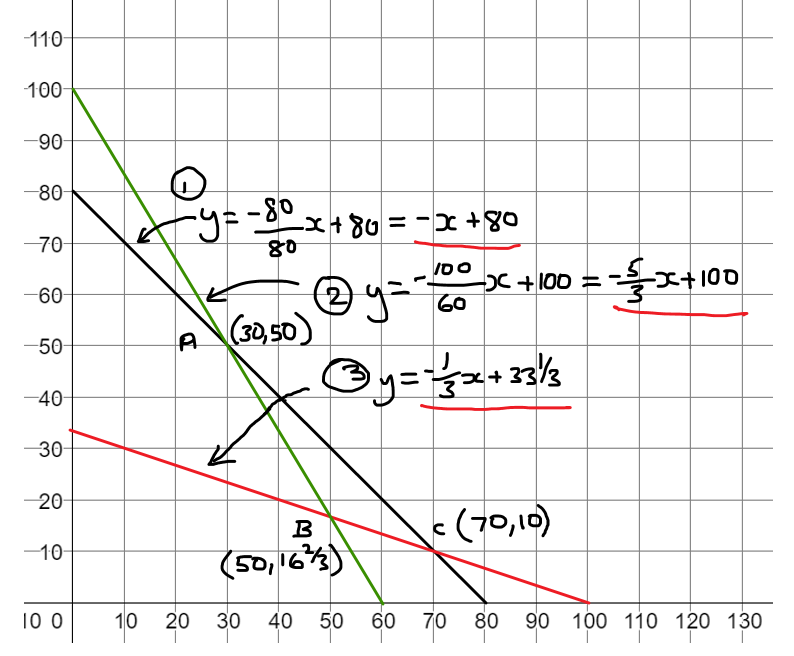
This just gives one point through which the line passes. The line passes through (-5, r) where r is positive. So we need to know the sign of the y intercept.ĭoes not matter what the actual slope is. If slope is negative, x intercept will be positive when y intercept is positive too. Slope of a line = - y intercept/x intercept Since we cannot answer the target question with certainty, the combined statements are NOT SUFFICIENTĬheck out this post first. In this case, the answer to the target question is YES, the x-intercept of line k IS positive In this case, the answer to the target question is NO, the x-intercept of line k is NOT positiveĬASE B: If r =50, then the point (-5, r) is far from the x-axis, and we get something like this: Given this, let's go straight to the statements COMBINED, and see if we can find two cases that yield DIFFERENT answers to the target question.ĬASE A: If r =1, then the point (-5, r) is very close to the x-axis, and we get something like this: When I scan the two statements, I can see that, if r is POSITIVE, then the point (-5, r) can be very close to the x-axis or the point (-5, r) can be very far from the x-axis. Target question: Is the x-intercept of line k positive? The two statements together are still not sufficient to answer the question. However, if r = 50 then a = 5, which is positive. Looking at our work from statement one, and keeping in mind that r > 0 from statement two, we see that a can be positive or negative.įor example, if r = 5 then a = -4, which is negative.

Statement two alone is not sufficient to answer the question. Knowing r is positive does not give us enough information to determine whether a, the x-intercept of line k, is positive.

Statement one alone is not sufficient to answer the question. However, if r = 50, a = 5, which is positive. Since we don't know the value of r, we cannot determine the value of a.įor example, if r = 5, a = -4, which is negative. Using the information in statement one, we can say the following: Using the slope formula m = (y_2 - y_1)/(x_2 - x_1), we have: We can let the slope of line k be m and the x-intercept of line k be a that is, line k passes through the point (a, 0). We need to determine whether the x-intercept of line k is positive, given that line k has a negative slope and passes through the point (-5, r).

In the xy-plane, if line k has negative slope and passes through the point (-5,r), is the x-intercept of line k positive? The equation of a straight line that passes through a point \((x_1, y_1)\) with a slope \(m\) is: \(y - y_1 = m(x - x_1)\)Ĭheck for more here: math-coordinate-geometry-87652.html Given a point and slope, equation of a line can be found. If the slope is 1 the angle formed by the line is \(45\) degrees.Ĩ. Question: is x-intercept of line \(k\) positive? x-intercep is the value of \(x\) for \(y=0\) -> \(0=mx+b\) -> is \(x=-\frac\)ħ.

We are told that slope of line \(k\) is negative (\(m \(r=-5m+b\). This question can be done with graphic approach (just by drawing the lines) or with algebraic approach.Įquation of a line in point intercept form is \(y=mx+b\), where: \(m\) is the slope of the line, \(b\) is the y-intercept of the line (the value of \(y\) for \(x=0\)), and \(x\) is the independent variable of the function \(y\).


 0 kommentar(er)
0 kommentar(er)
